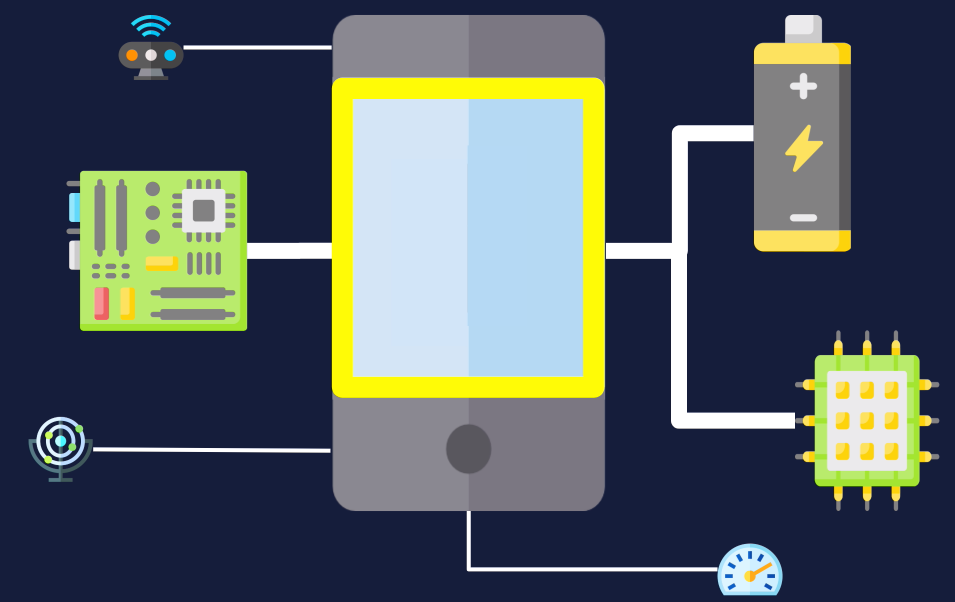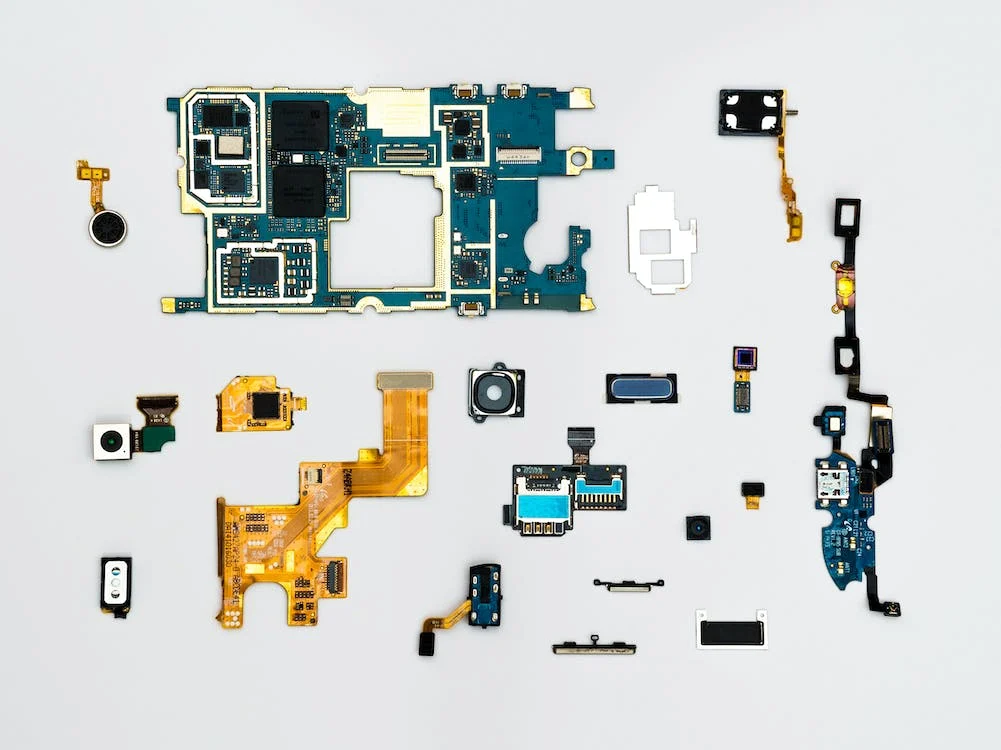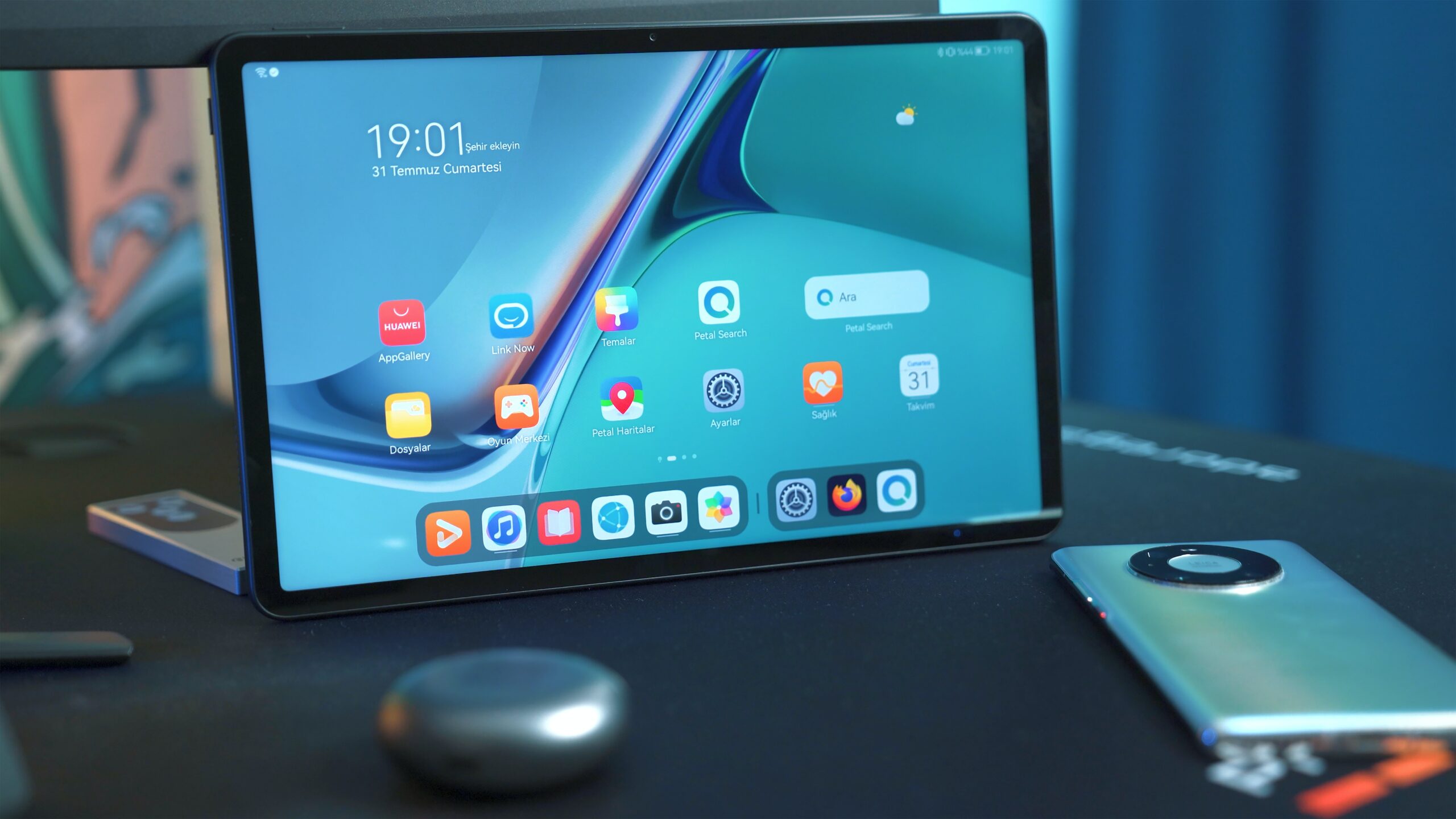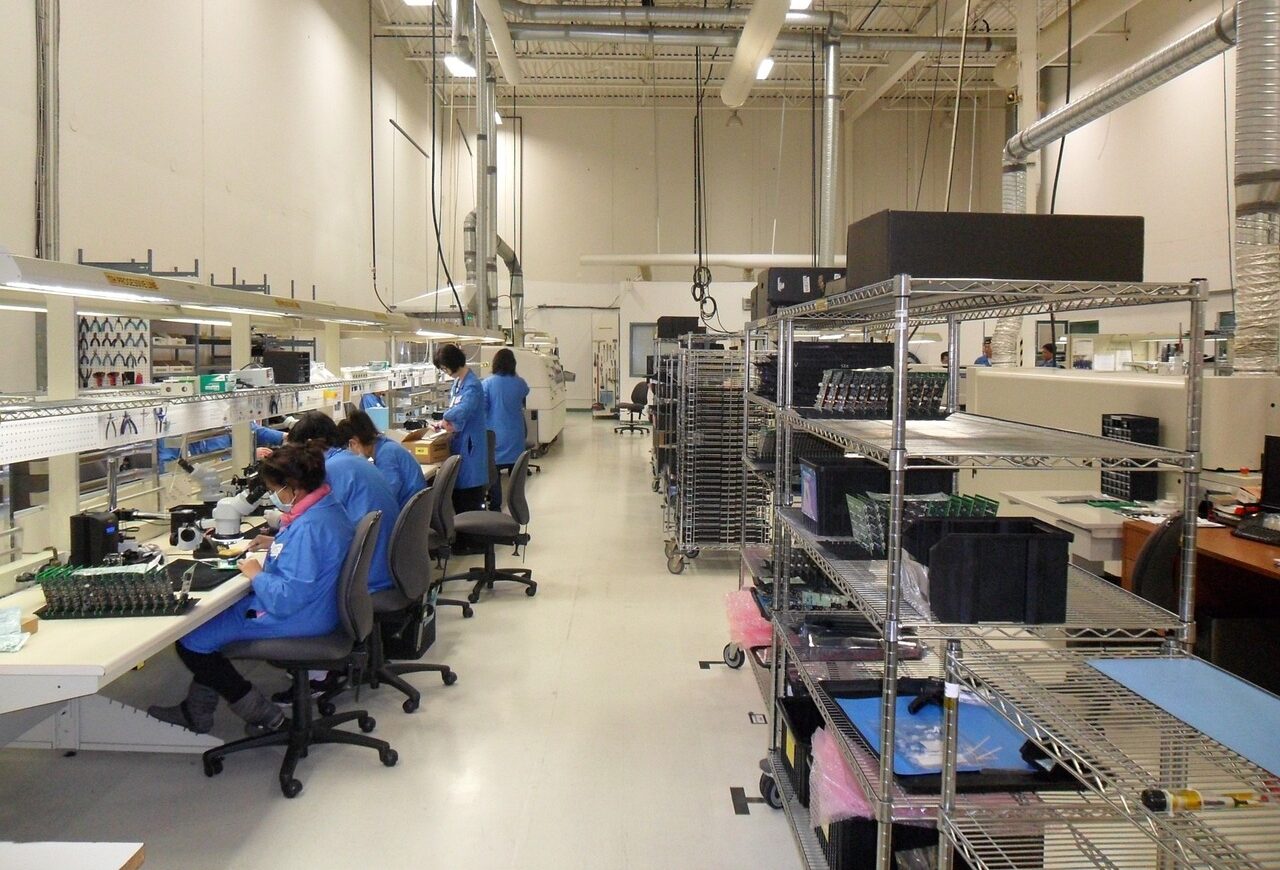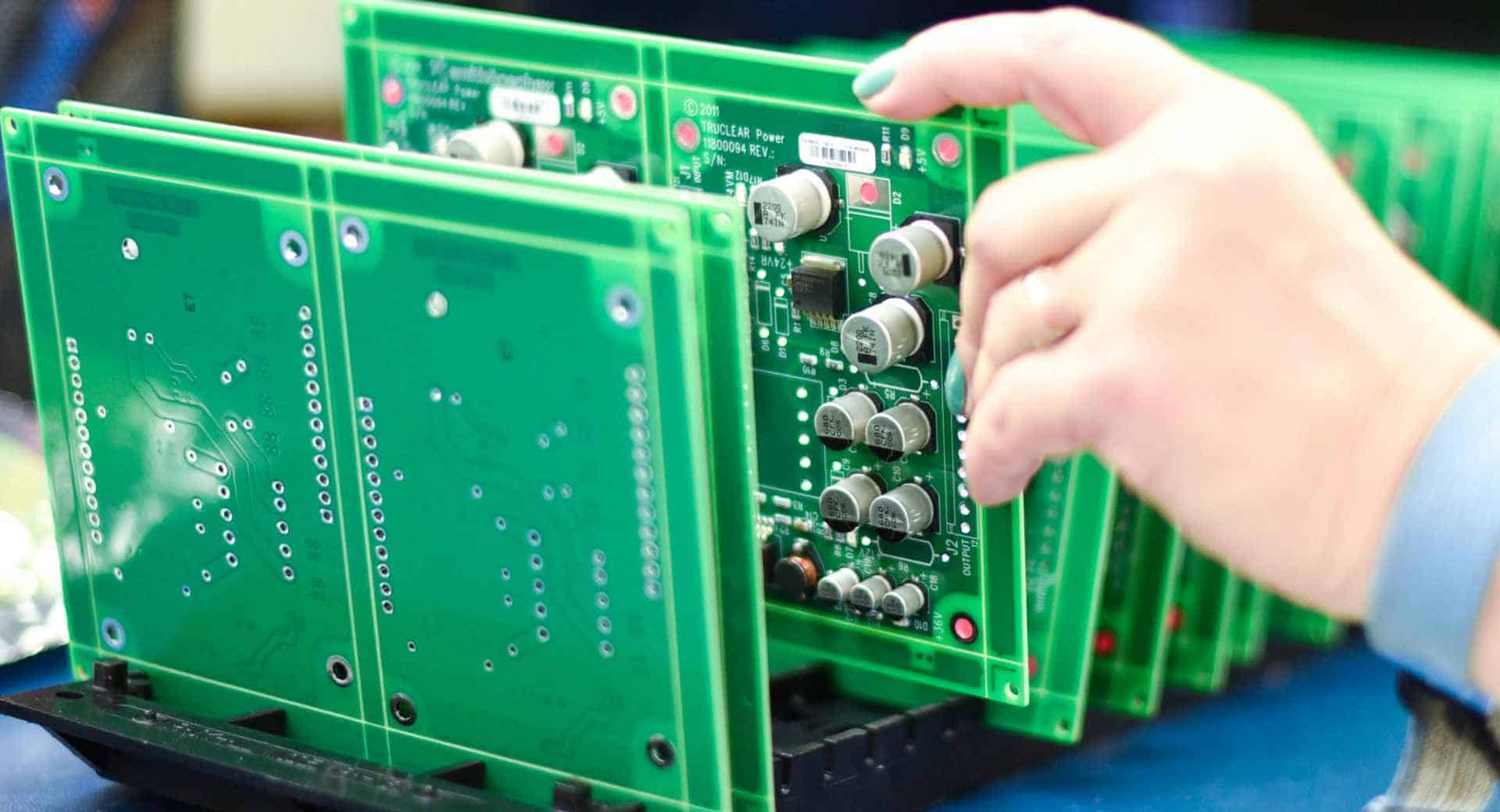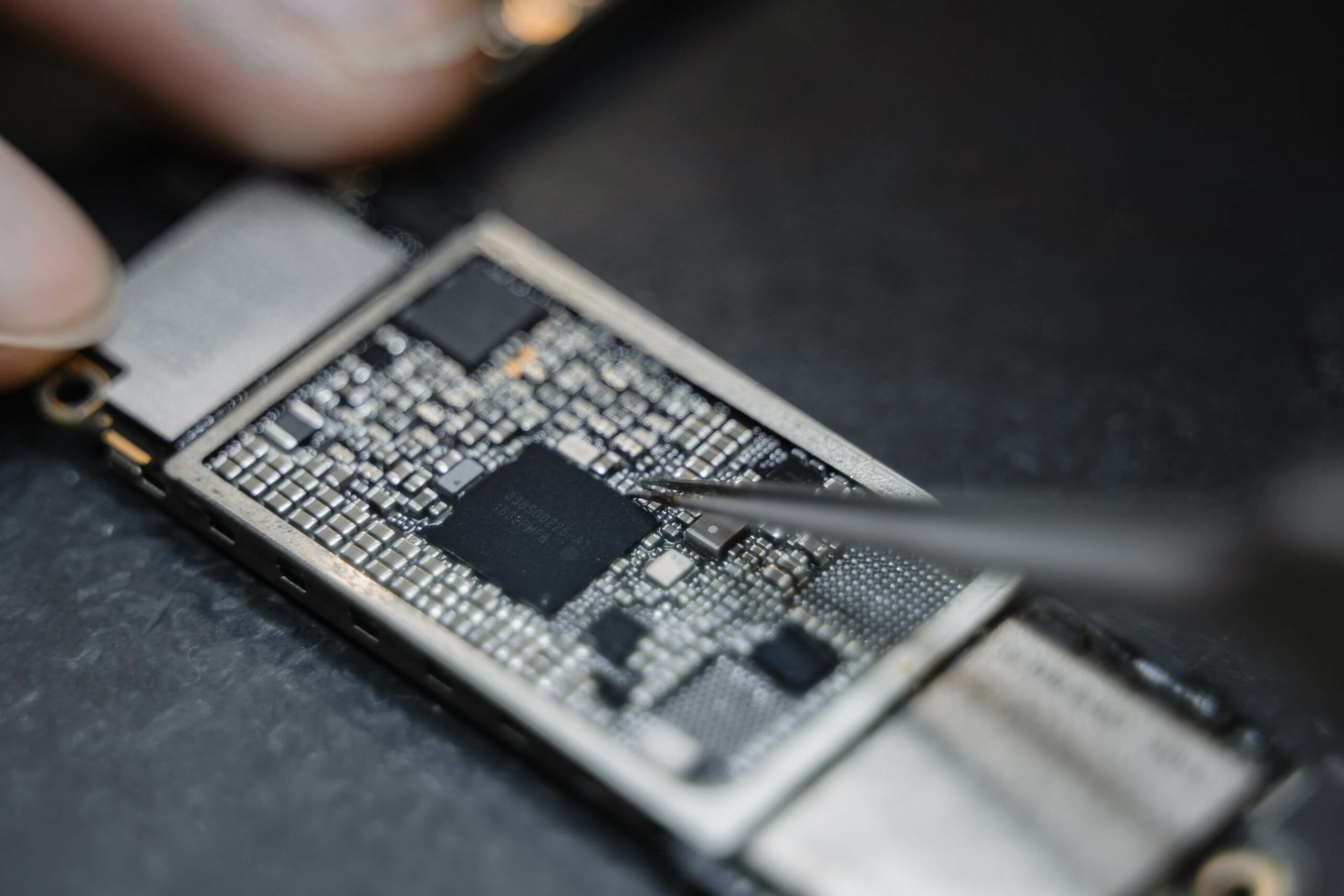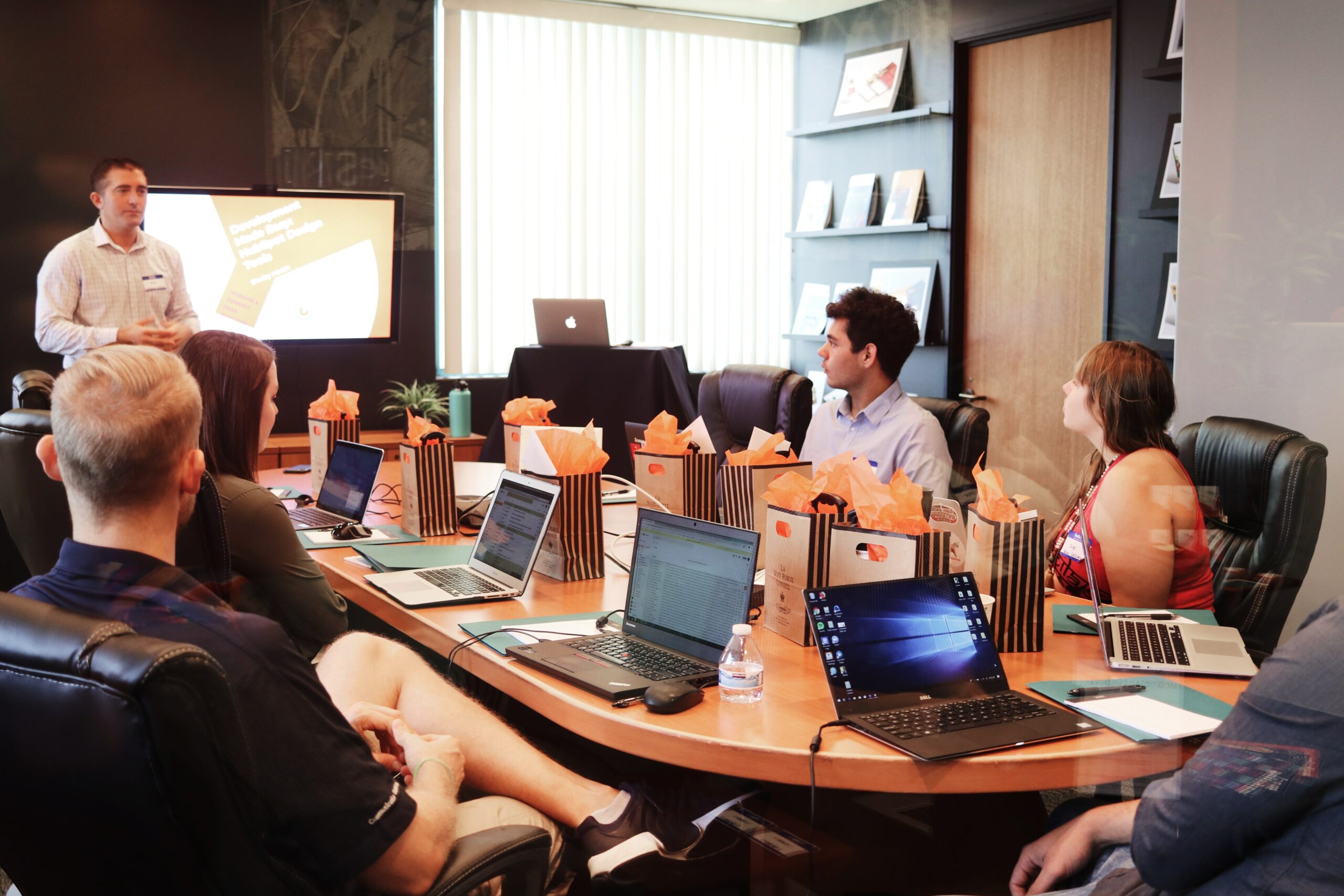Explore the intricate process of choosing the right CPU for custom Android hardware. From use case analysis to brand evaluations, discover the key insights.
Continue readingEnhancing Patient Experience: User-Centric Design Drives Adoption of Custom Android Medical Devices
User-centric design drives the proliferation of custom Android medical devices. Enhanced usability and patient empowerment redefine the healthcare experience.
Continue readingOTA for Custom Android Hardware: A Gateway to Seamless Evolution
Uncover the benefits and methods of Over-the-Air updates in custom Android devices. Ensure device evolution, security, and innovation at the press of a button.
Continue readingUses for Custom Android Hardware
Explore the world of custom Android hardware, from rugged devices to healthcare solutions, each designed for specific industries, boosting efficiency and innovation.
Continue readingCost Savings from Android Tablet Customization
While customizing Android tablets comes with extra costs, in many situations, those costs outweigh the future costs of not doing the customizations.
We were recently approached by an organization that is procuring Android tablets for use in schools. Understandably, they are trying to get the best price for their tablets. Many schools are underfunded, so every dollar counts. They wanted to source the most generic tablets possible to leverage economies of scale cost savings and reduce development time and cost. After getting a better understanding of the use case for these specific tablets, I challenged their initial approach.

Here are important factors to consider about this specific project:
- Volume is relatively high. They are planning to procure hundreds of thousands of tablets over the next few years.
- The tablets are given to kids, not purchased by parents. This reduces the incentive for the kids to take good care of the tablets, but even with the best intentions, kids generally treat products with less care than an adult.
- The schools are located in hot climates.
- The procurement organization intends to source the tablets for 3-4 years and for the tablets to last 5 years.
There are more details to consider, but just these give enough reason to argue that the initial costs pale in comparison to the savings generated by these customizations.
Firstly, high volume is a luxury that opens many doors. Manufacturing companies love high volume as that drives down their manufacturing costs and provides reliable income. Moreover, with high volume, the one-time customization costs get amortized over a higher number of units, driving down that customization cost on a per unit basis. At the same time, if the customization makes the product better, then the added value of the customization adds the same value to all the units, while the cost required to achieve that value goes down with each repeat order.
Since the tablets are used by kids, especially kids who may not have much experience with electronics, it’s likely that the tablets will get beaten up over time. Even the most conscious people sometimes drop their own tablets or phones. This is unavoidable. Banging or dropping tablets result in broken screens, touch panels, cracked cases, or other damages that render the product unusable. Unusable devices must be replaced, repaired, or disposed of. All three of these outcomes come with a high cost. If the tablets are designed for this use case, they will survive more abuse. Designing bumpers into the case helps absorb impact on a fall. Applying a hard protective film on the touch panel increases resistance from cracking or scratching. (This isn’t a customization, just an add-on.) After thousands of recharges, USB ports sometimes get loose or break off. Fortifying the USB port by using a USB port component that has legs which go into the PCB, rather than just soldering pads that sit on the PCB, and designing the case to give support to the USB port serve to greatly reduce this risk.
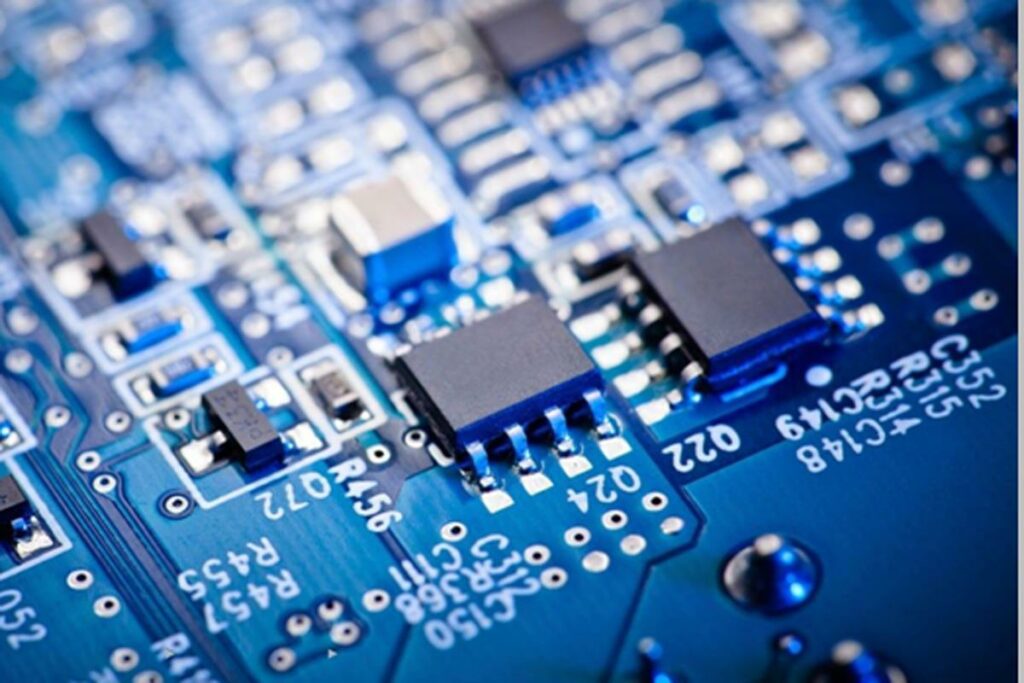
Heat damages electronics. Since the schools are in hot environments, this is particularly relevant. Adding a heat sink on top of hot components, specifically the Android CPU, and designing the board in a way that hot components are spaced out, reduces heat. Avoiding designs that restrict the flow of air, such as a full silicone case around the tablet, also help to optimize heat dissipation. The protective benefit of this protective case design gets negated with excess heat that it generates. A custom tablet case with holes next to the hottest components promotes air flow. Adding a thin filter material beneath the holes serves to restrict entry of dust particles. If water penetration isn’t a concern, holes are a viable solution.
Designing a consumer product for industrial-grade performance requires changes. If product cost weighs heavily on the purchase decision, the higher upfront costs must be compared against the future cost savings. Using second-hand or lesser-known brands of important components is a common way Android tablet and smartphone manufacturers add to their profitability. Their added profitability comes at the expense of the end customer. A product with a 3-year lifespan is 25% more expensive than the same product with a 4-year lifespan.
Many of the examples of ‘customization’ mentioned above are more custom configurations than physical changes to the generic ‘off-the-shelf’ product. The others, which are real customizations, are fairly straightforward. Making a custom case definitely has a cost, but when that cost gets reduced to 1% of product cost, it’s a pretty simple decision for a high-volume product intended for long-term use. Designing a custom PCB for effective heat dissipation is relatively easy compared to having to replace thousands of units.
Hopefully, I did my job in explaining this to the customer so they consider all the factors that go into product cost, over the lifetime of the product.
How to Manage China-based Custom Android Development
Discover key considerations when looking for a custom Android development partner. The quality of service matters as much as the quality of hardware.
Continue readingProduction Lifespans for Android CPUs
Choosing the right components at the onset of your custom Android tablet or smartphone development increases the chances of a successful project. Find out how.
Continue readingQualcomm? Mediatek? Choosing the right chip for custom Android hardware.
Qualcomm and Mediatek: which to use in your custom Android device? Hatch compares the two brands to highlight what’s good and bad about each one.
Continue readingFirst Stages of Product Development
Learn how to position yourself for success when you want to develop a new product or idea.
Continue readingEfficient Product Management of Android Advertising Displays
Create a fleet of custom Android advertising displays using the same underlying electronics and firmware. Build a diverse product line with minimal maintenance.
Continue reading